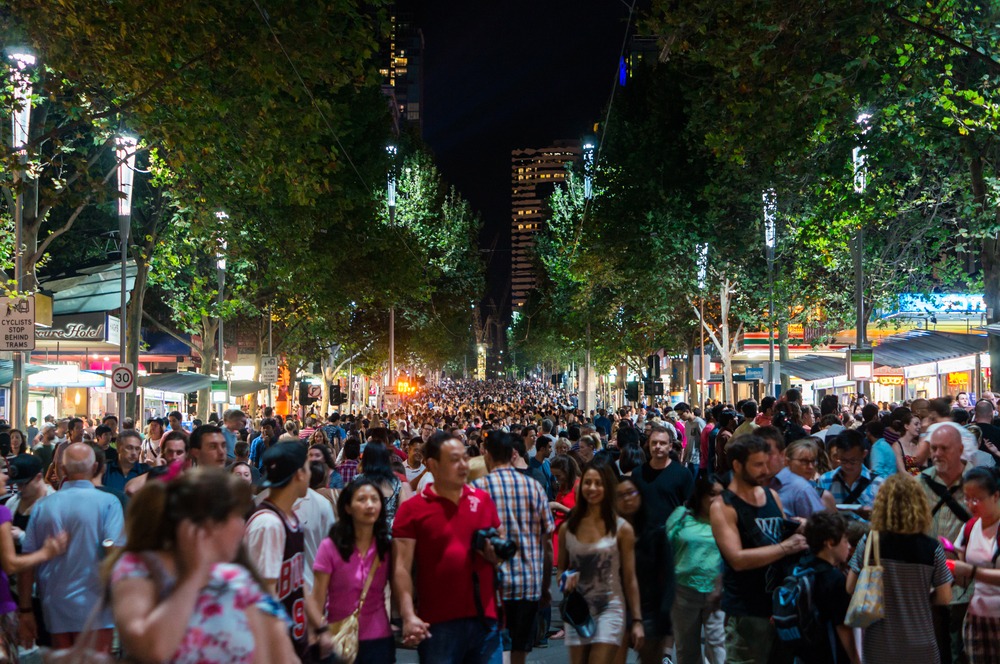Posted on March 23 2018
Immigration drives population growth of Australia
By , Editor
Updated May 25 2023
Australia’s population growth continued to rise at a rapid rate in the one-year ended September 2017, powered mainly by immigration including people arriving on student visas.
The Australian Bureau of Statistics (ABS) revealed that the country’s population increased by 395,600 in the year ended 2017 to 24.7 million, registering a growth of 1.63 percent.
The September 2017 quarter alone saw population increase by 0.42 percent, or 103,900.
Until the year ended September 2017, net migration from abroad increased by 250,100, comprising for 63.2 percent of Oz’s total population growth. It was an increase of 15.4 percent, or 33,400, compared to the year ended September 2016.
Meanwhile, arrivals in Australia increased by 7.1 percent to 551,000. The same period saw departures increase by a smaller margin of 1.1 percent to 300,800.
Natural increase, — which adds births and subtracts deaths from population figures — was the reason behind the growth of the remaining 36.8 percent, falling to 145,500, one of the lowest witnessed in prior years.
With natural growth slowing recently, migration has grown fast.
Belinda Allen, Senior Economist at the Commonwealth Bank, was quoted by Business Insider as saying that the intake of migrants tilts in favour of skilled migrants.
She said applications for student visas continue to be the main driver of net migration and will remain so.
The number of student visa applications filed for the half year increased by 14.1 percent to 31 December 2017.
Allen said that DIBP (Department of Immigration and Border Protection) estimates Net Overseas Migration (NOM) to rise by 7.6 percent by June 2020. She said that most of the NOM’s increase is based on increasing student numbers.
According to the ABS, most of the country’s population growth was witnessed along the eastern seacoast.
Anthony Grubb, ABS Demography Director, said Victoria’s population rose the fastest at 2.37 percent, followed by 1.77 percent in the Australian Capital Territory.
The population of Victoria grew by 147,400 for the year ended September 2017, overshadowing the levels seen in all other parts of Australia.
Populations of New South Wales and Queensland also increased by 123,100 and 81,300, respectively, registering growths of 1.58 percent and 1.67 percent, respectively, from September 2016.
The population growth rates in Western Australia and the Northern Territory were 0.9 percent and flat, respectively.
If you are looking to migrate to Australia, talk to Y-Axis, the world’s No.1 immigration and visa consultancy, to apply for a visa.
Tags:
Australia Immigration
Share

